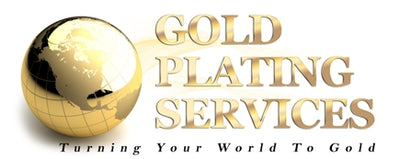The Earth is filled with naturally-occurring gems and metals. Over time, mankind has learned how to retrieve them and trade them for profit. The economic value of these precious stones and metals depends on a number of factors. Demand, supply, and difficulty of cultivation all figure into the pricing. We often think of gold as being the most valuable metal. While it is among the top contenders, many other metals sell for high prices—some even higher than gold.

(Pixabay / istara)
Here’s a look at eight of the world’s most valuable metals:
1. Platinum. This metal is most frequently associated with pricey jewelry. Its shiny appearance is tantalizing, and it’s hard to find a more durable metal than platinum. Platinum is pliable and doesn’t corrode. It is sourced in South Africa, Russia, and Canada. It is also used for dentistry and weapons.
2. Rhodium. This silver-hued metal is mined in the same countries as platinum. It is very rare and favored for its reflective properties. It is used for mirrors, jewelry, and in the automotive industry.
3. Gold. Gold is a mainstay in the jewelry industry and is traded as a currency. It is also critical to the electronics industry because of its conductivity. It is mined and refined in South Africa, Australia, China, and the U.S.
4. Iridium. If you want corrosion-resistance, no other metal tops iridium. It is part of the platinum family and has a whitish sheen and ultra-high melting point. It is commonly used in medical devices, electronics, and cars. It is produced primarily in South Africa.
5. Ruthenium. Another platinum metal, ruthenium is valuable because it is rare and highly resistant to external forces. It is often used to plate electronics components that need added durability. It is cultivated in Russia, North and South America, and Canada.
6. Rhenium. This metal is produced in Chile, Kazakhstan, and the U.S. Its ultra-high melting point makes it ideal for use in turbine engines.
7. Silver. Silver is everywhere—in jewelry, silverware, coins, semiconductors, circuitry, dentistry, and batteries. It is used to arrest mold development in wood and to curtail bacteria growth in cell phone covers. It’s shiny and pliable and produced primarily in Asia.
8. Californium 252. Californium is derived from a man-made, radioactive chemical element. It costs $27 million per gram. It is extremely rare—only 8 grams have ever been made—and is purchased by the microgram. It provides an excellent neutron source for metal detection.
Fortunately for the pocketbook, you can plate jewelry and other products with precious metals such as gold. With easy-to-use gold plating kits, you can give items the look of real gold without having to spend money on solid gold.
